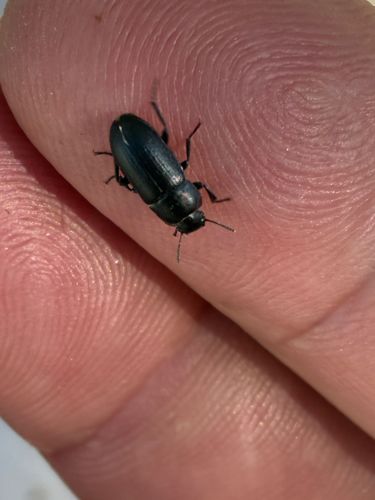Click Beetle
Scientific Name: Elateridae (family)
Order & Family: Order: Coleoptera, Family: Elateridae
Size: Typically 2 to 60 mm, with most common species ranging from 10 to 20 mm.

Natural Habitat
Found in various habitats including forests, grasslands, agricultural fields, and gardens. Larvae (wireworms) live in soil.
Diet & Feeding
Adult click beetles generally feed on pollen, nectar, plant sap, or sometimes small insects. Larvae (wireworms) are often omnivorous, feeding on plant roots, seeds, fungi, or other small soil invertebrates. Some wireworm species are predatory.
Behavior Patterns
Known for their unique 'click' defense mechanism where they flip into the air when on their back, producing an audible click. Most adults are nocturnal or crepuscular. Larvae (wireworms) live underground for several years, going through multiple instars before pupating.
Risks & Benefits
Potential risks include agricultural damage causada por 'wireworms' (larvae) to germinating seeds and roots of various crops. Benefits include the adult beetles being part of the food chain, and some larvae are beneficial predators of other soil pests.
Identified on: 10/2/2025